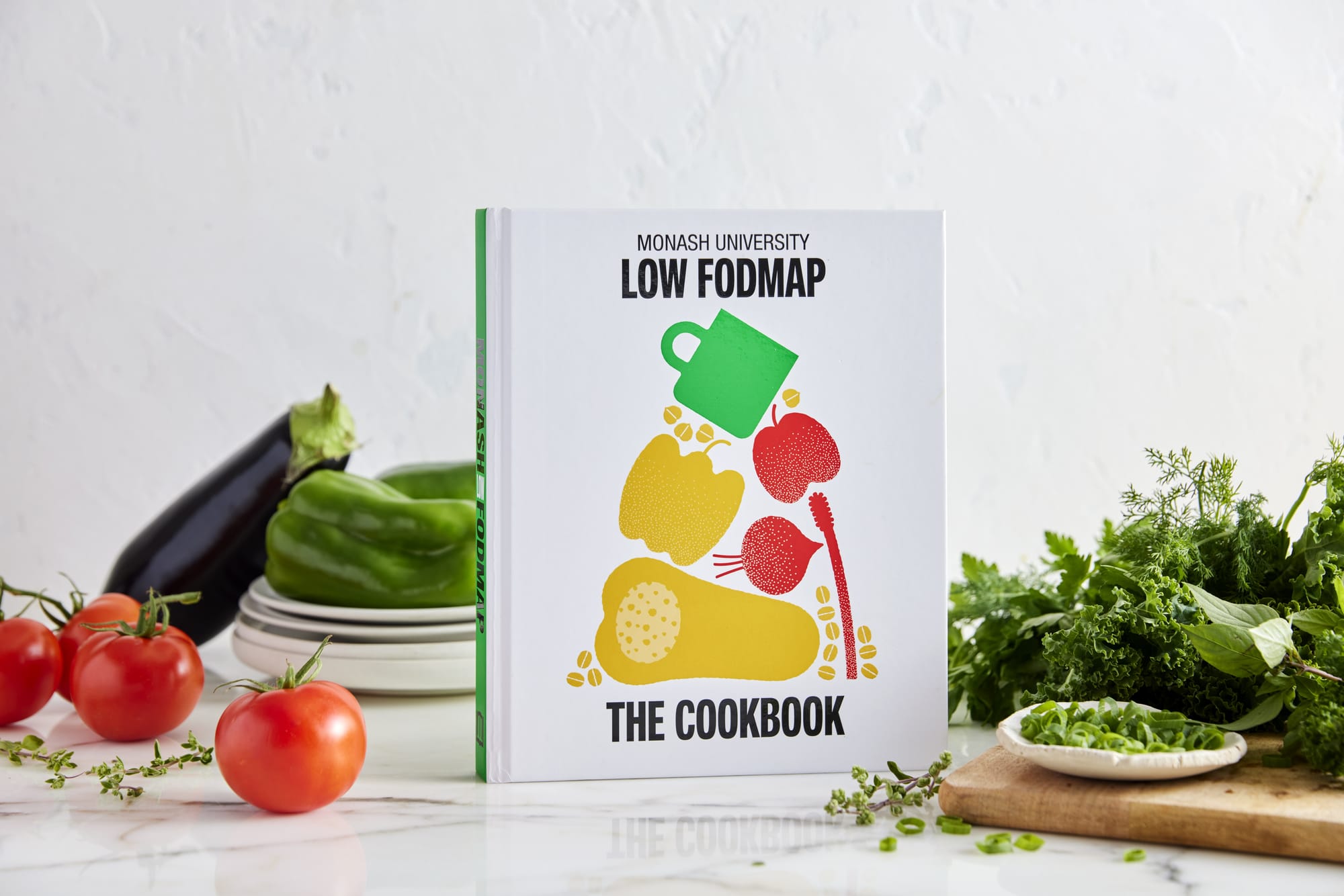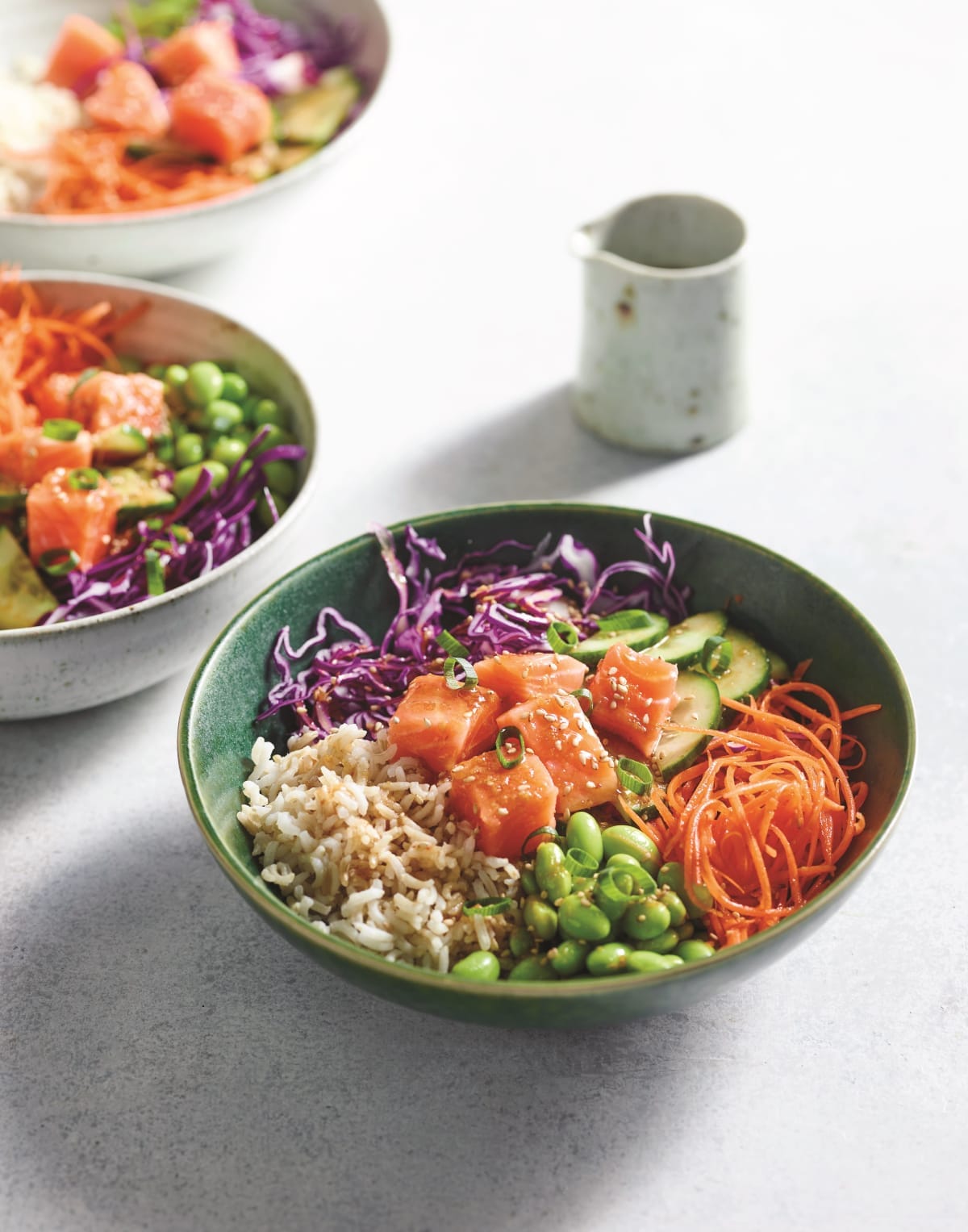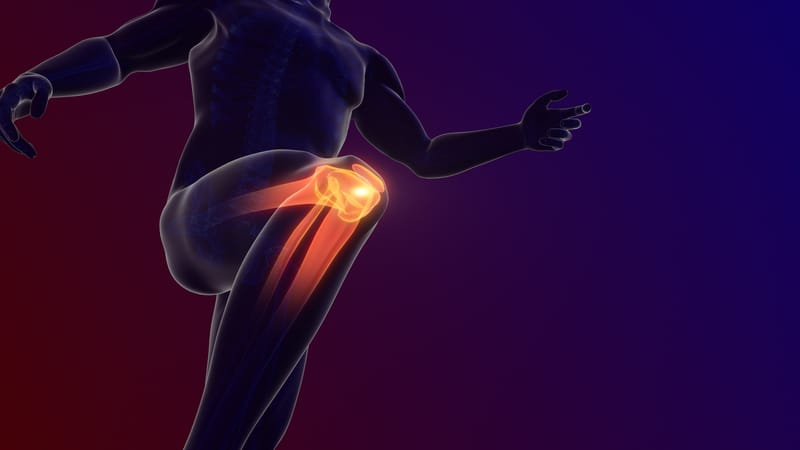
Following any therapeutic diet can be challenging, especially for people with busy lives or limited resources. This can result in people making unsuitable dietary choices, which can worsen already debilitating symptoms.
Therapeutic diets can also be bland, restrictive, and nutritionally depleted.
But things are about to improve for people with IBS.
Our Monash University team that developed the world’s first low FODMAP diet for IBS has produced its first cookbook, incorporating gourmet recipes and evidence-based dietary tips.
Drawing on years of ground-breaking research, the team of experienced dietitians used the world’s largest FODMAP database to create 120 recipes, representing cuisines from around the world.
By combining the freshest ingredients and pantry staples, Low FODMAP: The Cookbook enables people with IBS to enjoy food that’s both delicious and good for them.
The cookbook also introduces our unique Low FODMAP Stack Cup symbol, which allows people with IBS to quickly and easily understand what they can eat in one sitting. Using this symbol, one full four-band cup represents the FODMAP limit for one meal.
For example, one serve of the book’s French lamb shanks (one band) and one serve of roasted vegetables with balsamic (three bands) provides the full four bands. After two to three hours, the “cup” returns to zero.
This innovative approach allows people with IBS to mix-and-match recipes to create delicious, low FODMAP meal plans without triggering IBS symptoms, something that can be tricky for those following special diets.
The cookbook also accommodates other dietary needs, with a range of vegetarian, vegan and gluten-free options.
What is IBS, and what are FODMAPs?
IBS is a gastrointestinal disorder affecting about one in seven people. Common symptoms include abdominal pain, bloating, distension, excessive flatulence (wind or gas), and abnormal bowel habits, such as diarrhoea, constipation, or both.
FODMAPS are a group of short-chain carbohydrates found in foods, and are known to trigger IBS symptoms. FODMAP stands for Fermentable Oligosaccharides, Disaccharides, Monosaccharides And Polyols.
These short-chain carbohydrates aren’t completely digested or absorbed in the intestines. In the small intestine, FODMAPs attract water, and when they pass into the large intestine, they’re fermented by gut bacteria, producing gas.
The extra gas and water cause the intestinal wall to stretch and expand. While most people can eat FODMAPs without problems, people with IBS have a highly sensitive gut, so “stretching” the intestinal wall causes exaggerated sensations of pain and discomfort.
Read more: The FODMAP app that’s changing lives, five years on
FODMAPs are found in many common foods, including fruit and vegetables, grains and cereals, nuts, legumes, dairy products. and processed foods.
The low FODMAP diet is a three-step, evidence-based diet therapy. Initially, people swap foods high in FODMAPs for low FODMAP alternatives. If this improves IBS symptoms, they complete a series of food challenges to understand which FODMAPs they tolerate and which trigger their symptoms.
Finally, foods and FODMAPs that are well-tolerated are brought back into the diet, while poorly tolerated foods and FODMAPs are restricted, but only to a level needed to maintain symptom relief.
In the long term, people are encouraged to follow a minimally restrictive diet that strikes a balance between good symptom control and expansion of the diet.

The Monash FODMAP team
Our team founded the FODMAP concept in the mid-2000s, and went on to develop the Monash University Low FODMAP Diet™. This diet has revolutionised IBS treatment and provided unprecedented symptom relief.
We also conducted the first studies to show that a low FODMAP diet reduces symptoms in 75% of IBS sufferers.
Our researchers uncovered the mechanisms by which FODMAPs trigger gut symptoms, and established a rigorous and ongoing program of global food testing that’s enabled us to build the world’s largest database describing the FODMAP composition of food.
This FODMAP database enabled our team to develop the Monash University FODMAP Diet App, which launched in 2012.
The research findings of our groups have since been replicated by dozens of research groups globally, with patients experiencing an overwhelmingly positive response to the diet.
Clinical guidelines in Australia, the UK, the US, Canada, Japan and Korea now recommend a low FODMAP diet as a first-line IBS treatment.
The FODMAP diet, and the translational research tools developed by the Monash team, have enabled millions of people living with IBS globally to improve their quality of life via improved symptom management.
Low FODMAP cooking
The cookbook is one such translational research tool, and evolved largely during the pandemic, when other projects were disrupted and time was freed to develop new low FODMAP recipes.
It consolidates years of research, providing practical, tasty and nutritious recipes, along with much needed guidance regarding:
- the three steps of the FODMAP diet
- FODMAP stacking – using the new Monash ‘Low FODMAP Stack Cup’ symbol
- vegetarian, vegan and gluten-free recipes
- healthy eating on a low FODMAP diet
- a low FODMAP pantry list.
The book’s global feel was intentional, as we know food is an important part of socialising, cultures and traditions.
By providing people with the practical tools they need to implement this highly effective diet therapy, we intend to improve the quality of life of people with IBS world over, and all for the cost of a cookbook.
Low FODMAP: The Cookbook is the culmination of many years’ work by dedicated experts determined to provide a low-cost and effective solution to combat IBS symptoms.
Any profits will fund future research, ensuring this project has a positive impact on millions of lives, either directly or indirectly.
Tips on getting started:
▪ Plan your low FODMAP meals and snacks.
▪ Write a shopping list of low FODMAP fresh and staple foods.
▪ Consider whether you can adapt your existing recipes to make them low FODMAP.
▪ Be patient with yourself and give yourself time to get it right.
▪ See a Monash FODMAP trained dietitian for expert advice on IBS and the FODMAP diet.

SALMON POKE BOWL
Serves 4
Ingredients:
- 400g (14oz) sashimi-grade salmon, cut into 2cm (3/4 inch) cubes
- 1/4 cup spring onions (scallions), green tops only, roughly chopped
- 4 cups cooked brown rice
- 200g (7oz) edamame, cooked until tender
- 150g (5oz) red cabbage, shredded
- half a cucumber, finely sliced
- 1 large carrot, grated
- 1 tbsp sesame seeds to serve
Sauce
- 1/4 cup soy sauce
- 2 tbsp rice wine vinegar
- 1/2 tbsp sriracha
- 1 tbsp maple syrup
- 2 tbsp sesame oil
- 2 tsp finely grated ginger
Method
- Add all sauce ingredients to a small bowl and whisk to combine.
- Combine the salmon, the spring onion (scallion) tops and half the sauce in a bowl, and gently toss to coat.
- Divide the rice among four bowls, top with the salmon, edamame, red cabbage, cucumber and carrot. Sprinkle over the sesame seeds and serve with the remaining sauce on the side.
Energy 2822kJ/674 calories, protein 35.8g, total fat 22.3g, saturated fat 5.0g, carbohydrate 78.4g, sugars 8.5g, dietary fibre 6.0g, calcium 81.9mg, iron 2.9mg.
Low FODMAP: The Cookbook retails for A$59.95 (excluding shipping). Purchase at monashfodmap.com/the-cookbook/





